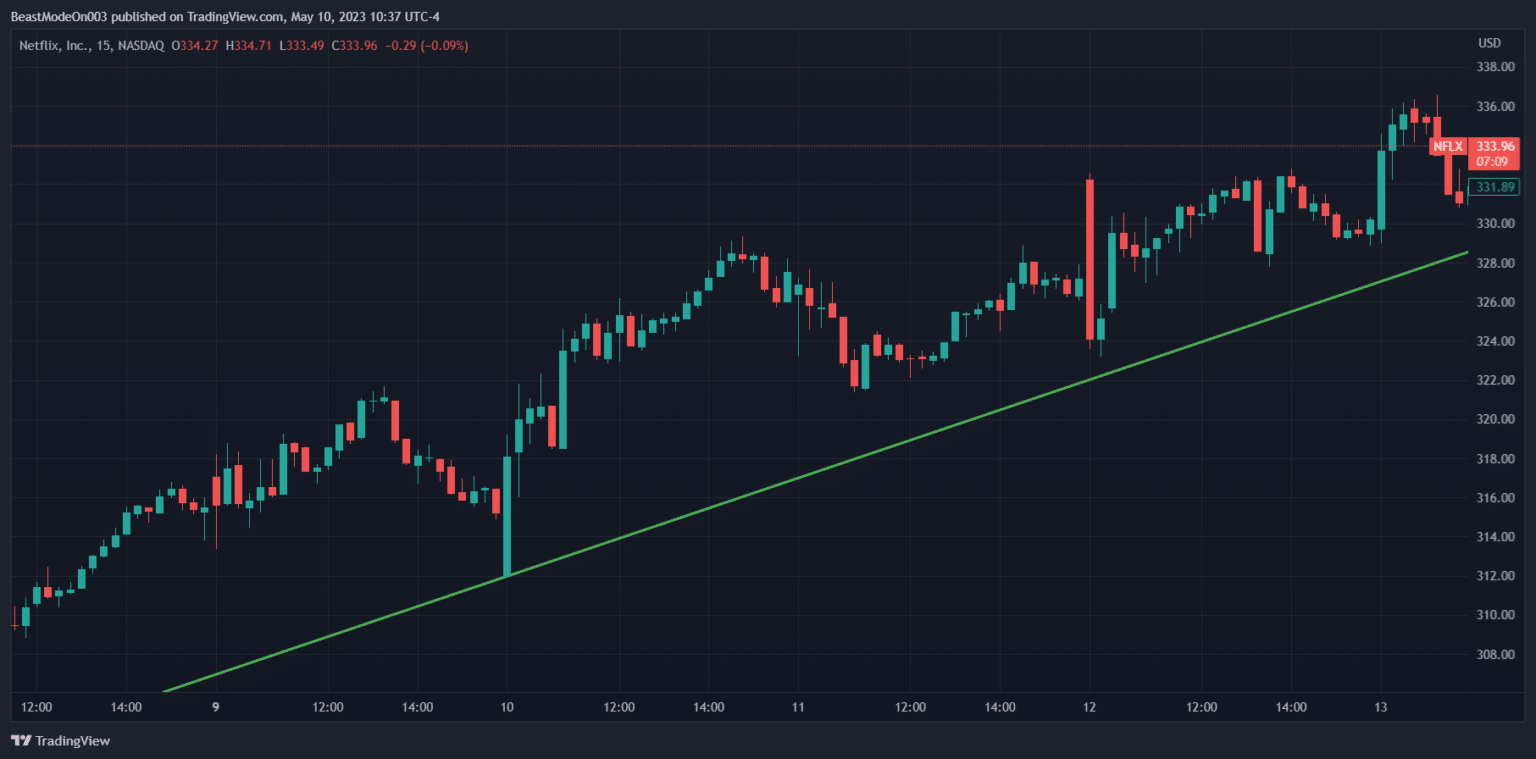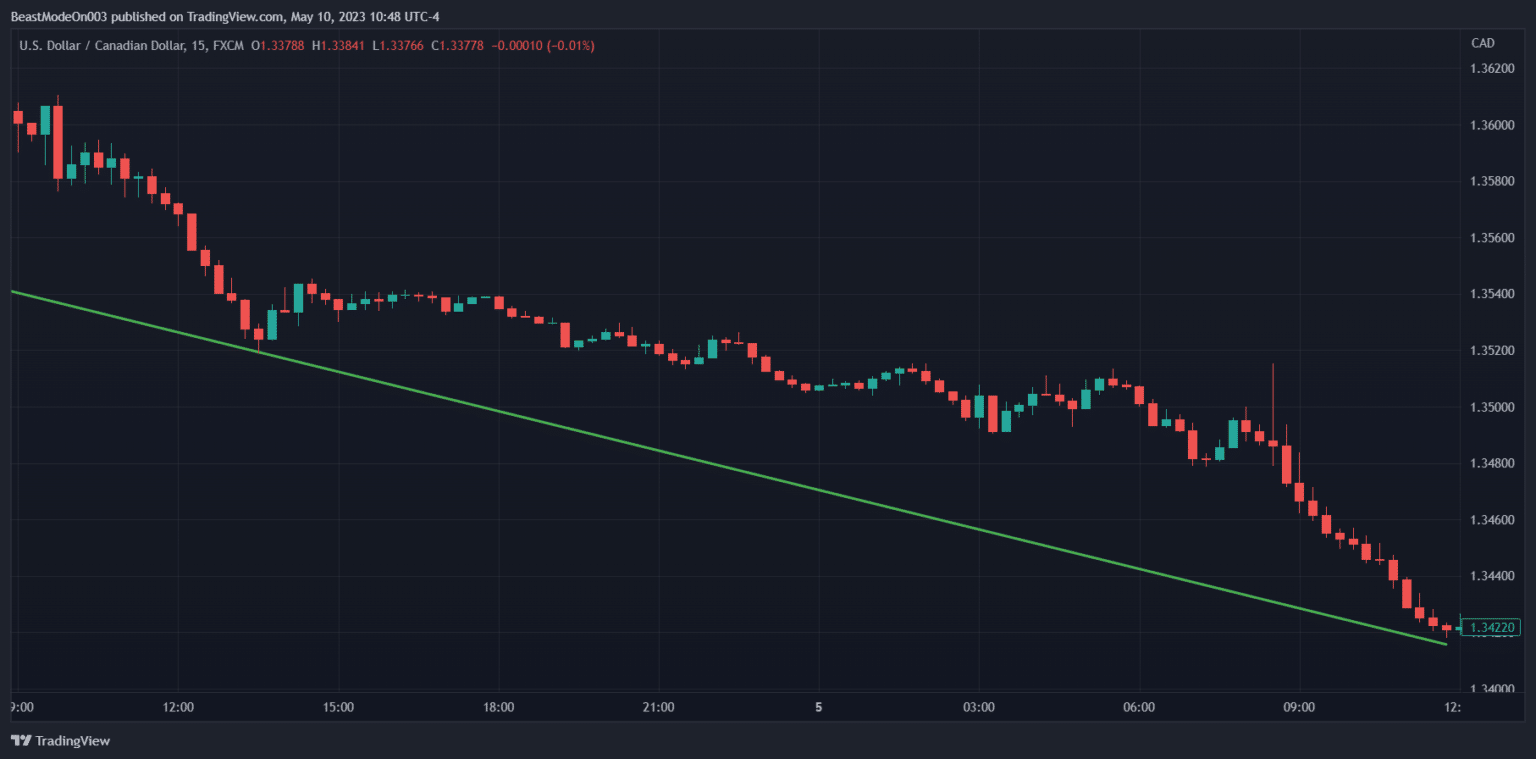What are chart patterns?
Chart patterns serve as a crucial technical analysis tool for traders and analysts, helping them identify market trends and potential reversals. By studying the price movement of a security over time, traders can anticipate future market movements and earn a profit. It’s important to note that the choice of time frame is critical when analyzing chart patterns.
Traders rely heavily on chart patterns to gauge the market’s behavior and determine whether buyers or sellers are dominating, as well as whether it’s a bear or bull market. This information is valuable in deciding when to buy or sell a security, where to set target and stop-loss levels, and more. Thus, the ability to understand and identify chart patterns is an essential skill for every trader.
It is crucial to familiarize yourself with the meanings of these terms before getting any further:
Bull Market and Uptrend:
- Bull Market: a Bull Market is a time when the stock market is doing well and prices are going up. It’s like a charging bull that’s strong and powerful, investors are optimistic and confident during bull markets.
- Up Trend: an Up Trend refers to a pattern of rising prices over a period of time, it is typically characterized by a series of higher highs and higher lows in a price chart. even though a little bit similar the terms Up Trend and Bull Market are different, a Bull Market means rising prices over a relatively long period of time while an Up Trend means rising prices over a relatively short period of time, a Bull Market usually contains both Up Trends and Down Trends.
This is an example of what a Bull Market and an Up Trend look like in a chart:

Bear Market and Downtrend:
- Bear Market: a Bear Market is when the market isn’t doing well, a bear market is characterized by falling prices and the market direction going downward, during a bear market many people are selling their stocks. This can happen when there is a lot of uncertainty or bad news about the economy. Think of it like a bear hibernating in a cave, waiting for the right time to come out when things are better.
- Down Trend: a Down Trend is a market condition characterized by a consistent decline in the prices of an asset over a relatively short period of time. In contrast, a Bear Market refers to a more prolonged period of declining prices. Similar to Bull Markets, Bear Markets are composed of both Up Trends and Down Trends, but the Down Trends are more significant since prices are decreasing. Down Trends are defined by a series of lower lows and lower highs. This is an example of what a Bear Market and a Down Trend look like in a chart:

Stop-Loss and Take-Profit:
- Stop-Loss: a Stop–Loss is a tool that traders utilize to limit their losses if the market goes in the opposite direction to what they predicted in their technical analysis. Once the price reaches the stop loss the broker automatically puts a sell order to prevent any further loss. A Stop-Loss is one of the most important tools when it comes to risk management.
- Take-Profit (Target): Take-Profit is another tool that traders use to close a profitable trade and take the profit. Once the price of the traded security reaches the predetermined take profit set by the trader, the broker automatically puts a sell order to secure the profit made by the trader.
The anatomy of Candlesticks:
Each Candlestick represents a time period, for example, if someone is trading in a 15-minute chart this means that each Candlestick represents 15 minutes of condensed market data. Candlesticks consist of a central body that represents the opening and closing prices of a trading period, surrounded by “wicks” or “shadows” extending vertically from the body, the upper wick of a Candlestick shows us the highest price reached during the trading period while the lower wick indicates the lowest price reached during the trading period.
This is what bullish and bearish Candlesticks look like:
Click the button below to dive deeper. Keep the momentum going!
Author
Hi, I’m Amine! My mission is to make finance accessible and fun for everyone. I love breaking down things that seem difficult into simple, easy, and useful tips that help you make good decisions. My aim is to ensure your experience on our blog is informative and fun.
View all posts



